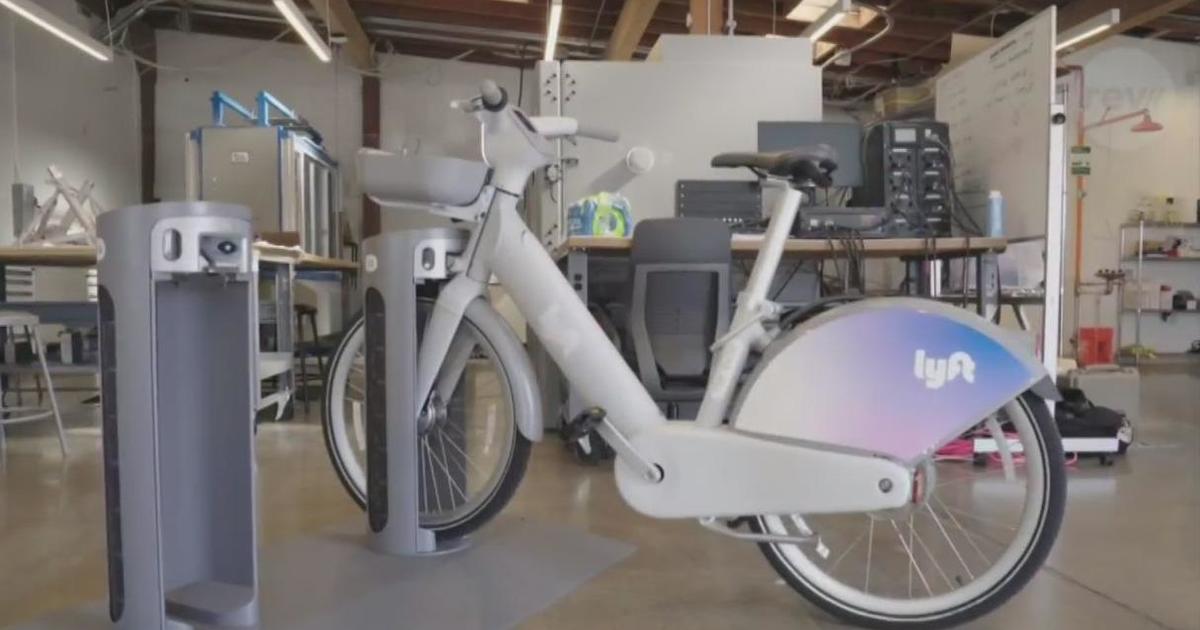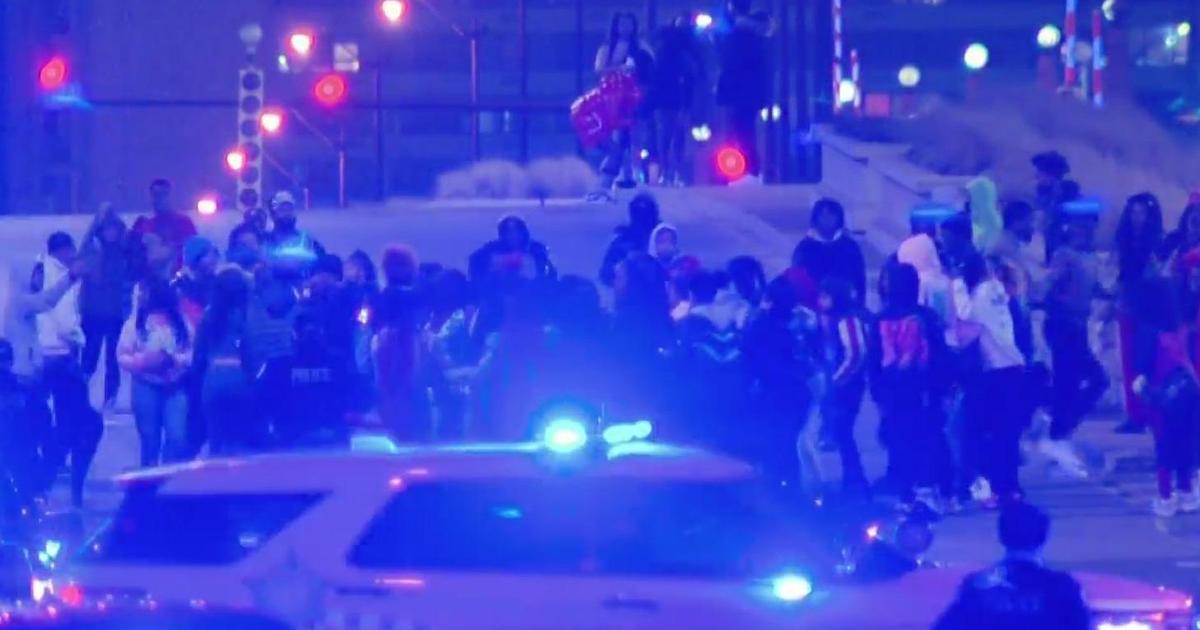N.Y. Blizzard Reminds Chicago Of '79
CHICAGO (CBS) -- The blizzard that struck New York City this week is causing some political tension, hearkening memories of a snowstorm that struck Chicago nearly 32 years ago.
While only an inch or two of stale snow and ice from the weekend remains on Chicago streets, many outer-borough neighborhoods in New York are buried in snow that is knee-high in some areas. Snow totals top out at 15 to 20 inches across New York City.
"This is a disaster, really," said New York City Councilman Daniel Dromm, who represents the Queens neighborhood of Jackson Heights. "It's a disaster because the mayor has not gotten a plow through the streets of Jackson Heights. It's totally impassable, and we are here today to demand that the mayor send sanitation trucks out to make these streets passable."
"People can't get back and forth to work and we need to understand what happened and why. This is just the beginning of a very challenging winter season and if this is a sample of what we can expect from the administration when we have bad storms then we have a serious problem and we need answers and we need answers now," added New York State Sen. Malcolm Smith.
But Mayor Michael Bloomberg was defending himself Tuesday.
"We won't get to everybody every time. We will make mistakes," Bloomberg said. "But we have to continue plugging ahead. Yelling about it and complaining doesn't help."
Fellow Chicagoans, does any of this sound familiar? It should.
The Blizzard Of 1979
In January 1979, a monumental blizzard dumped 18.8 inches on the city, on top of 7 to 10 inches that had fallen in another snowstorm the previous New Year's Eve. The snowstorm started on the night Friday, Jan. 12, and continued until 2 a.m. Sunday, Jan. 14.
The snowstorm itself was powerful enough to destroy buildings, most notably the since-rebuilt Lakeshore Athletic Club on Fullerton Avenue. But it was the aftermath that angered Chicagoans most.
Streets in Chicago were left unplowed, and some were impassable for months. Garbage went uncollected. The snow damaged brakes and motors on CTA 'L' trains, leaving many train cars disabled as otherwise-stranded Chicagoans crammed into the ones that were left. Transportation came to a standstill all around the city.
Chicagoans fought over parking spaces, and so many pieces of furniture were put out to reserve freshly-dug spaces that resale merchants began prowling the streets for them.
As frustration mounted, Chicagoans placed the blame squarely on the administration of Mayor Michael Bilandic. Chicagoans from every part of the city blamed him for failing to keep the streets plowed. In particular, the Chicago Sun-Times recalled, African-American leaders were infuriated that express 'L' trains were bypassing West Side neighborhoods as they headed from downtown to the western suburbs during the snowstorm.
As the criticism swelled, Bilandic was contrite.
"We all learn from our mistakes. I've made them, and I freely admit it," he said in a 1979 news conference.
But that wasn't enough.
In the mayoral primary the following month, challenger Jane Byrne focused on the snowstorm as she campaigned against Bilandic.
She went on to win the 1979 primary in a landslide, particularly among African-Americans and predominantly white "lakefront liberals" who were in search of a reformer. But even many who had been faithful to the old Democratic machine were ready to sweep out Bilandic after the snowstorm, the Chicago Tribune reported.
Byrne's tenure lasted only one term; she lost to Mayor Harold Washington in 1983. Washington died in office in 1987, and after Eugene Sawyer served as acting mayor for about a year and a half, Mayor Richard M. Daley entered office following a special election in 1989.
And when the next infamous blizzard struck on Jan. 1-3, 1999, the Daley Administration was quick to avoid the mistakes of 20 years earlier. Daley vowed that city crews wouldn't' stop plowing, salting and fighting the weather until the snow stopped coming down, and more than 700 snow plows hit the streets right away.



